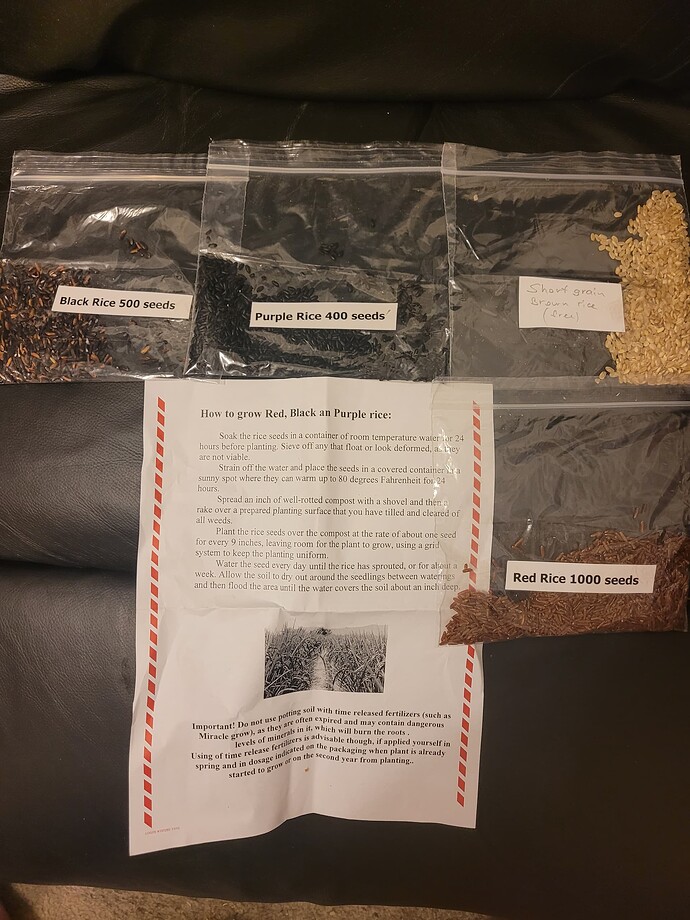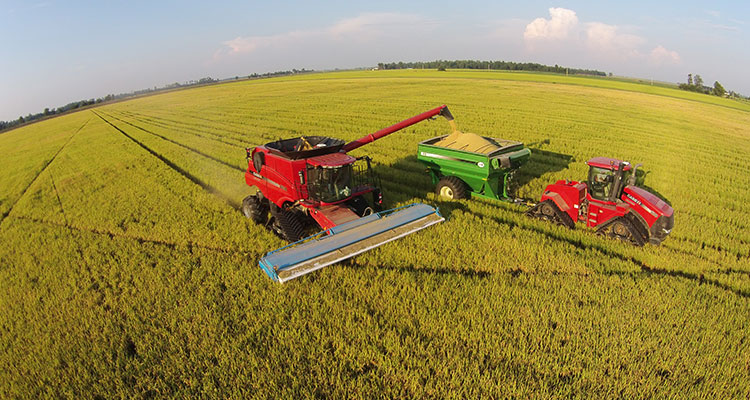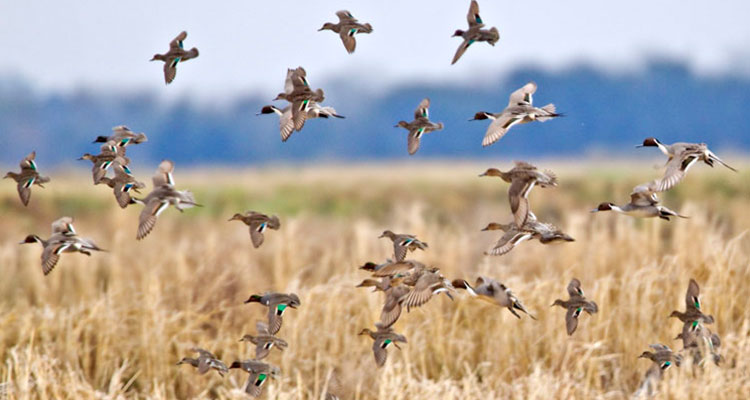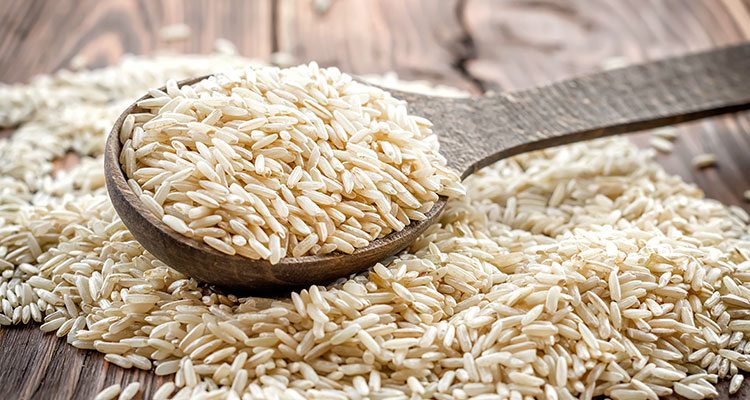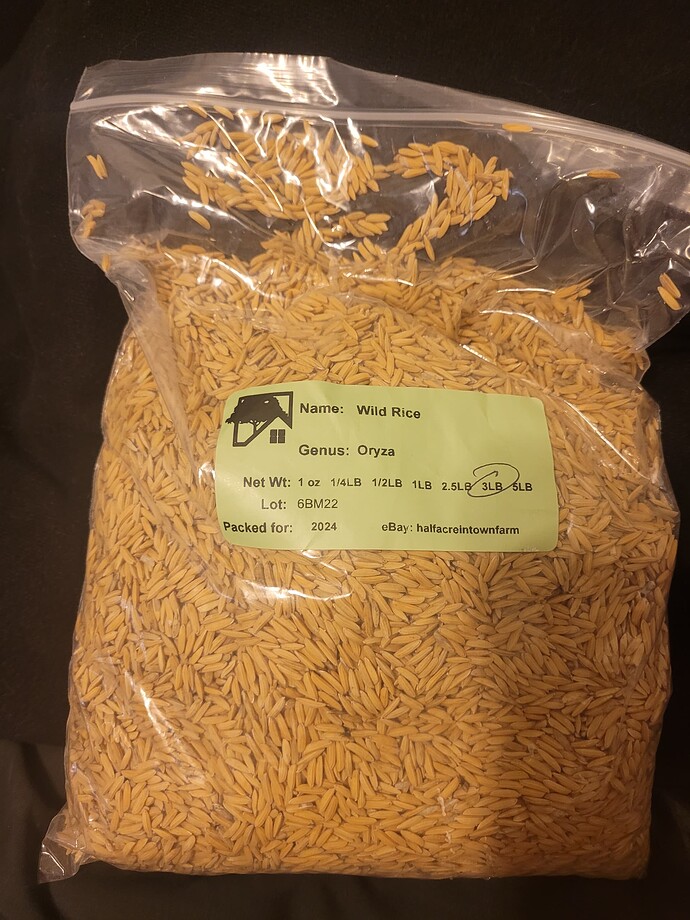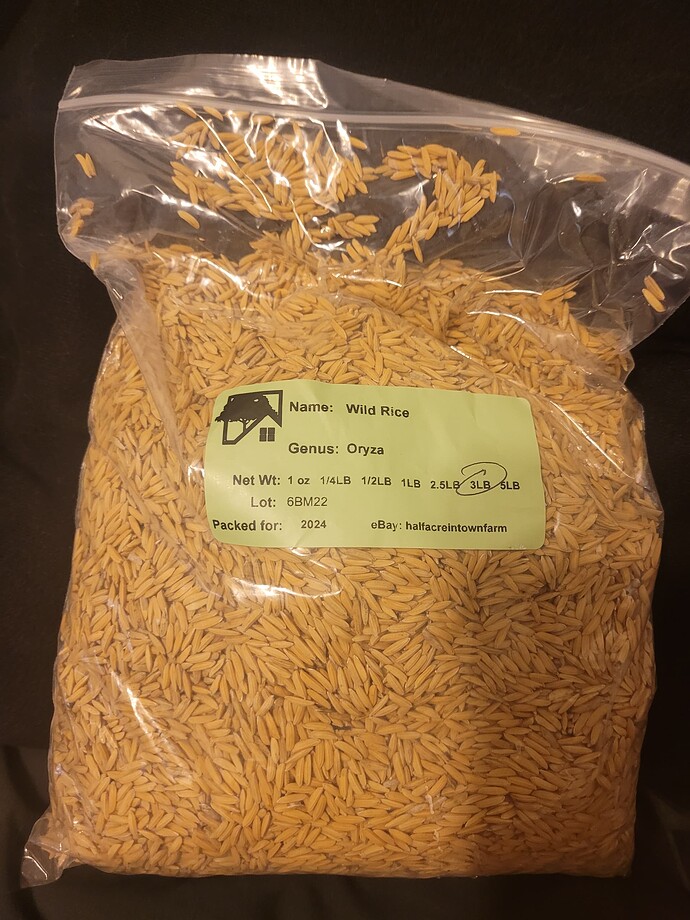I’ve eaten mostly homemade kimchi, but I never made it myself. In LA I would sometimes buy it from a Korean market or even a Korean brand in a Japanese market closer to where I lived. I didn’t take to it right away, but I got to the point where I really liked it and got cred with the locals. My garden’s and fruit trees here in Kansas definitely give away the places I’ve lived, rice included
No doubt… the good stuff sits in clay pots for who knows how long and has all the good stuff in it… that Cleveland brand is pretty tasty… the stuff that they used to have in the jars i was never a fan of… the stuff i posted is with the bologna and chilled pickles at the grocery store (at least it is here).
Not sure if you have tried it but Nishiki rice is pretty good… Its as close as we will probably get to Korean rice which there is probably thousands of different brands there.
I may as well plug my rice cooker… i have had it for about 15 years and its bulletproof so far and so easy that a cave man can use it.
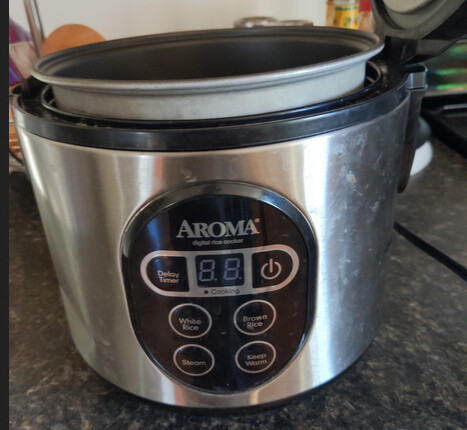
I am enjoying reddit more lately due to FB being just so much blather…and BS. Reddit has really grown on me for my desire to learn and read.
I’ve always thought it would be very interesting to try growing rice, but it’s one of the crops that my particular area isn’t even slightly suited for. I’ll have to stick to amaranth… However, down on the coast some farmers have been moving back into growing rice, and the farms doing it are aiming for a high-quality, high-price product rather than mass production. Here’s an article from Serious Eats from 2016 about one particular effort. Tidewater Grain Co. is one of the companies making a good go of it. The variety of course is Carolina Gold… Because what else would we grow here in NC?
I’ll be putting rice in next season, but it will be highland rice.
I’m trying lots of heirloom rice varities next year. Sometimes the things we dont know we are missing are signifigant. My belief is that i’m knowledgeable about pears and my work and very ignorant about most everything else. Many people i work with call me very smart, but i dont feel like that at all. I feel like i could spend all my life learning just about pears and still have a lot to learn. @Fusion_power has discovered how much misinformation , multiple names , lack of information etc. Is out there now just about pears as he compiles a list of the 3000+ known pears. It is very admirable he is doing that and growing many pears as well. In order to get the information he has i sent him to websites etc. . Learning about anything is humbling once we realize what we dont know. Keep in mind i have grown hundreds of types of pears. The real experts like postman the former curator of the grin database likely feels as i do that there was much he didn’t know. Naturally in life when you realize your knowledgable about a particular subject you realize you dont know much about it and really dont know about things like rice. What are we missing? I promise you one thing which is we are missing a lot! Anytime anyone else sells me my future rice aka life in a bag that means im desperate and not in control of my life or destiny. Purchasing food from a store is not going to give us the results we want. We need to grow our own food if we want it to be quality food. Im going to learn about rice and try to figure out what i have been missing all my life. I will start with about 5 -10 different types and find out what i like best. Chances are i will learn a lot in the process and share it with you as i do.
" Field Preparation & Planting
February – Early May
Rice is cultivated differently than other grains because it is a semi-aquatic plant that requires consistent irrigation all season to grow. Heavy clay and silt loam soils that are often ill-suited to other crops retain water very well, making them perfect for rice.
Prior to planting, farmers prepare the land using precision GPS and laser-guided earthmoving equipment to create uniform grades and slopes within fields, which decrease water use and increase productivity.
Planting begins in late February through May depending on the production region."
" Irrigation & Growing
March – Early August
Rice plants grow to a height of three to four feet over an average of 120 days after planting. During this time, farmers irrigate the rice fields using the method that best fits that field or farm. The traditional irrigation method is to construct earthen levees that follow the contour of the land and flood the field with about two to four inches of water which is maintained over the growing season. Flooded fields prevent soil erosion, lead to improved water quality, as well as other environmental benefits like habitat creation.
Farmers can also irrigate their fields with poly-tubing, using precisely punched holes that allow them to apply water more evenly and efficiently across the field. There are even irrigation methods that allow a farmer to grow rice in rows like other crops and apply water periodically during the growing season instead of maintaining a layer of water. Farmers continue to innovate ways to save water and time by using irrigation practices that fit their unique operations.
By mid to late summer, the rice plant begins to show signs of maturation with the grain appearing in long panicles on the top of the plant.
Harvest
Mid-July – November
When rice is mature, water is drained from the fields and sophisticated combines cut the rice and separate the grain from the stalks. Harvested grains are taken to drying facilities where they utilize forced warm air to gradually reduce the moisture content to a level best suited to storage before the rice moves to the milling process.
Wildlife Habitat
November – February
After harvest, farmers put a shallow flood on their rice fields. Winter-flooded rice fields improve and enhance vital wildlife habitats by providing food and foraging for migratory and wintering fowl. These fowl return the favor by helping to increase soil nutrients, straw decomposition, reducing weed and insect pressure, and providing other important agronomic advantages.
In the regions where rice is grown in the U.S., rice agriculture provides 35 percent of the food resources available to migrating and wintering waterfowl . The cost of replacing existing rice habitat with managed natural wetlands is more than $3.5 billion.
Milling & Storage
Year-Round
The final step in growing rice is milling, a mechanized process that American mills have perfected.
At the mill, the harvested “rough rice" passes through sheller machines to remove the inedible hulls. This process yields brown rice with the bran layers surrounding the kernel still intact. Brown rice can be used as is or further milled by machines that rub the grains together under pressure. This abrasion removes the bran layer to produce white or “polished” whole kernels of rice. Finally, the white rice is enriched with a thin coating of vitamins to replace some of the nutrients lost during milling.
Technology has enabled the U.S. rice industry to consistently produce rice of unsurpassed quality. For example, many U.S. rice mills use laser sorters that look for broken, discolored or immature kernels and remove them from the whole kernels of rice during processing. This ensures consistency in appearance and size.
USA Rice
2101 Wilson Boulevard, Ste 610, Arlington, VA 22201
4257 currently. I’m aware of many more. Best data sources so far are various plant repositories which maintain several hundred varieties. Eliminating duplicates is a whole nother exercise in frustration as many varieties carry a dozen or more names. LeConte is one example.
Just a fun fact-- barnyard grass is one of the more problematic weeds in rice production as it tolerates flooding and resembles rice in the early stages.
I aquired the rice seed i need for growing it. I’m looking forward to preparing the beds.
